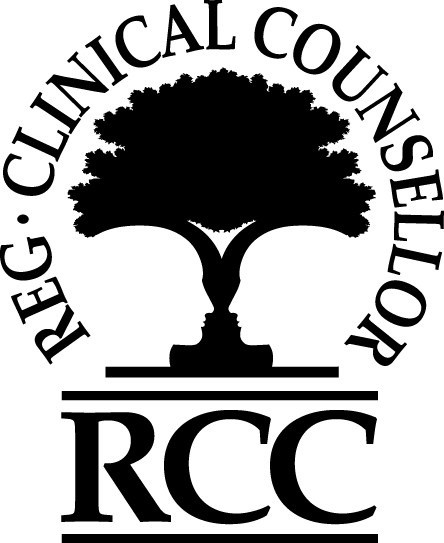Call to Book: (604) 427-2237 Need an RMT appointment before year-end? Spots are filling fast — Book Now! 🎁 Gift Cards Available Now
What are injectable fillers?
Injectable Fillers
Injectable fillers, also known as dermal fillers or soft tissue fillers, are substances injected into the skin to restore lost volume, smooth out wrinkles, and enhance facial contours. They are commonly used in cosmetic dermatology and plastic surgery to achieve a more youthful appearance.
Types of Injectable Fillers
There are several types of injectable fillers, each with its own characteristics and uses:
- Hyaluronic Acid (HA) Fillers:
- Common Brands: Juvederm, Restylane, Belotero
- Properties: Hyaluronic acid is a naturally occurring substance in the skin that helps retain moisture and add volume. HA fillers are temporary and typically last between 6 months to 2 years, depending on the product and treatment area.
- Uses: Filling wrinkles and lines, adding volume to lips, cheeks, and under-eye areas, and contouring the jawline.
- Calcium Hydroxylapatite (CaHA) Fillers:
- Common Brands: Radiesse
- Properties: Composed of a mineral-like compound found in bones, these fillers are thicker and typically last about 12 to 18 months. They stimulate collagen production for longer-lasting results.
- Uses: Treating deeper wrinkles and folds, enhancing cheek volume, and contouring the face.
- Poly-L-lactic Acid (PLLA) Fillers:
- Common Brands: Sculptra
- Properties: This synthetic filler stimulates collagen production over time. The effects are gradual and can last up to 2 years or more.
- Uses: Treating facial volume loss, particularly in the cheeks and temples, and smoothing out deep wrinkles.
- Polymethyl Methacrylate (PMMA) Fillers:
- Common Brands: Bellafill
- Properties: Contain tiny PMMA microspheres suspended in a collagen gel. PMMA fillers are considered semi-permanent, as the microspheres provide a lasting support structure.
- Uses: Treating deep wrinkles, nasolabial folds, and providing long-term volume correction.
- Autologous Fat Injections (Fat Grafting):
- Procedure: Fat is harvested from the patient’s own body (usually via liposuction), purified, and then re-injected into the desired area.
- Properties: Since it uses the patient’s own tissue, there is no risk of allergic reactions. The results can be long-lasting, though some of the injected fat may be reabsorbed by the body over time.
- Uses: Adding volume to the face, hands, buttocks, and other areas.
Uses of Injectable Fillers
- Facial Wrinkles and Folds: Smooth out lines around the nose and mouth (nasolabial folds), marionette lines, and crow’s feet.
- Lip Enhancement: Add volume and shape to the lips.
- Cheek Augmentation: Restore volume to the cheeks and midface area.
- Under-Eye Hollows: Fill in hollow areas under the eyes (tear troughs).
- Chin and Jawline Contouring: Enhance the chin and define the jawline.
- Hand Rejuvenation: Restore volume and smooth out wrinkles on the hands.
Procedure and Recovery
- Procedure: Injectable filler treatments are typically quick, often completed within 30 minutes to an hour. The practitioner uses a fine needle or cannula to inject the filler into specific areas of the face.
- Recovery: Minimal downtime is required. Patients may experience some swelling, redness, and bruising at the injection sites, which usually subside within a few days.
- Results: Immediate results are often visible, especially with HA fillers. Some fillers, like PLLA, provide gradual improvements over several months.
Safety and Considerations
- Qualified Practitioner: Ensure treatments are performed by a qualified and experienced healthcare professional.
- Side Effects: Common side effects include swelling, bruising, and redness. Rare complications can include infection, allergic reactions, and filler migration.
- Consultation: A thorough consultation with a practitioner is essential to discuss goals, expectations, and potential risks.
Injectable fillers offer a versatile and minimally invasive option for facial rejuvenation and contouring, providing immediate and long-lasting results with minimal recovery time.
Facial rejuvenation.
Contact CAVE to schedule your appointment.
Accreditations and Memberships



